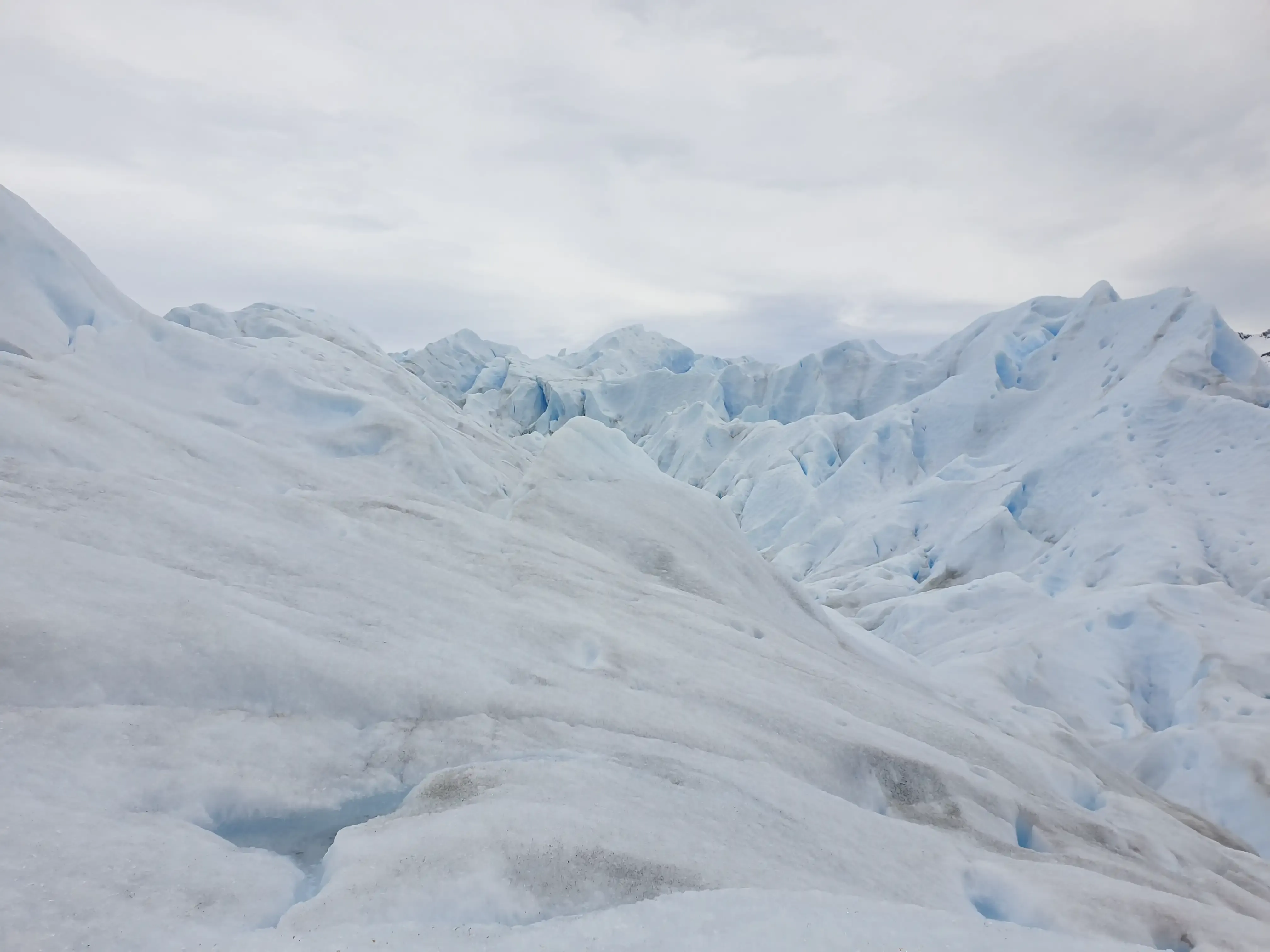Why Nature Preservation Matters — And How Libelo Supports It
Date Published

Outline
The importance of nature preservation: biodiversity, mental & physical health, climate
Threats nature faces (habitat loss, over‑tourism, climate change)
Role of responsible tourism & exploration
How technology & apps can help (including AI)
Libelo’s role: features, policies, community practice
What users can do
Blog Post
As we explore nature more deeply, it’s vital to remember: we aren’t just visitors, we are stewards. Preserving nature allows future generations to enjoy it, ensures species survival, and keeps ecosystems healthy. Here’s why preservation matters — and what Libelo is doing (and what you can do) to help.
1. Why Nature Preservation Matters
Biodiversity: diverse ecosystems are more resilient; they support pollination, clean water, soil fertility.
Climate regulation: forests, wetlands, and soils store carbon, helping reduce climate change impacts.
Human well‑being: nature lowers stress, improves mood, supports physical activity, offers beauty & inspiration.
2. Threats Nature Faces
Habitat loss: from development, agriculture, logging
Over‑tourism: too many visitors degrade trails, disturb wildlife, cause erosion & pollution
Climate change: altering weather, increasing fire risk, droughts, floods
Pollution & invasive species: degrade ecosystems
3. Role of Responsible Tourism & Exploration
You can help by choosing experiences that minimize impact: visiting off‑peak, staying on marked trails, using reusable gear, and supporting local conservation efforts. When many people do this, ecosystems recover, wildlife thrive.
4. How Technology & Apps Can Help
Monitoring & data: using AI, sensors, community reporting to catch early signs of damage. Yale E360+2wildlabs.net+2
Sharing information: informing users about rules, trail conditions, species sensitivities.
Planning: guiding people to lesser used trails to reduce crowding; helping balance use across many sites.
5. Libelo’s Role
We provide education: every nature spot includes info about how to visit respectfully, what rules apply.
AI warnings / guidance: threshold of crowding, seasonal closures, sensitive wildlife seasons.
Community voice: user‑ratings & reviews help signal problems (erosion, litter, damage).
Supporting conservation partners: we share anonymized data for use by park authorities; raise awareness; encourage donations.
6. What You Can Do
Before your trip: learn rules, pick low‑impact gear
During: don’t leave trace, stay on paths, avoid disturbing wildlife
After: share photos responsibly; review places so others know what to expect; report issues (damaged trails, trash)
In everyday life: support local parks; advocate for green spaces; educate others